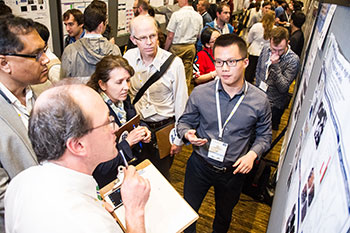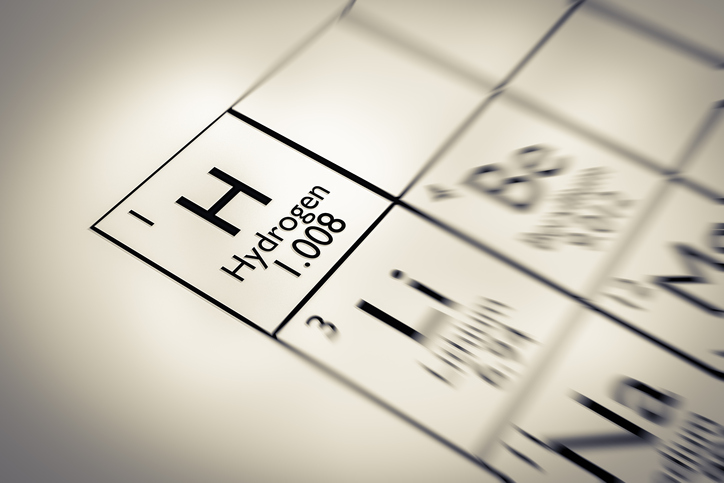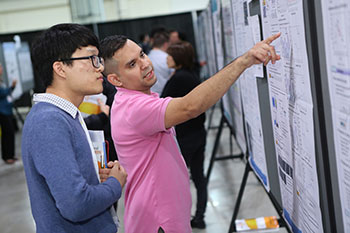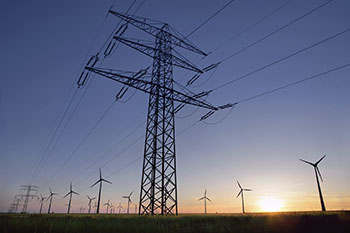 Every year, we celebrate International Women’s Day on March 8 as a way to commemorate the movement for women’s rights. This global holiday honors the social, economic, cultural, political – and in our case – scientific achievements of women.
Every year, we celebrate International Women’s Day on March 8 as a way to commemorate the movement for women’s rights. This global holiday honors the social, economic, cultural, political – and in our case – scientific achievements of women.
Additionally, International Women’s Day also marks a call to action for accelerating gender parity. Currently, women remain underrepresented in the STEM workforce, although to a lesser degree than the past. According to the National Science Foundation, the greatest gender disparities still exist in the fields of engineering, computer science, and physical science.
In the U.S., women make up half of the entire workforce, but only 29 percent of the science and engineering field. While the gender gap may still exist for women in STEM, many phenomenal female scientists have entered the field over the years and left an indelible mark on the science.
Take Nettie Stevens (born 1861), the foremost researcher in sex determination, whose work was initially rejected because of her sex. Or Mary Engle Pennington (born 1872), an American chemist at the turn of the 20th century, pioneering research that allows us to process, store, and ship food safely. Barbara McClintock (born 1902) was deemed crazy when she suggested that genes jump from chromosome to chromosome. Of course, she was later awarded the Nobel Prize in Physiology or Medicine for her discovery of genetic transportation.


 Only one month left to save $125 on registration!
Only one month left to save $125 on registration! The world is full of connected devices – and more are coming. In 2017, there were an
The world is full of connected devices – and more are coming. In 2017, there were an  Researchers at KTH have successfully tested a new material that can be used for cheap and large-scale production of hydrogen – a promising alternative to fossil fuel.
Researchers at KTH have successfully tested a new material that can be used for cheap and large-scale production of hydrogen – a promising alternative to fossil fuel. Lenses are no longer necessary for some microscopes, according to the engineers developing FlatScope, a thin fluorescent microscope whose abilities promise to surpass those of old-school devices.
Lenses are no longer necessary for some microscopes, according to the engineers developing FlatScope, a thin fluorescent microscope whose abilities promise to surpass those of old-school devices. Join us as ECS comes to the Seattle Sheraton and Washington State Convention Center in Seattle, WA! Our strong
Join us as ECS comes to the Seattle Sheraton and Washington State Convention Center in Seattle, WA! Our strong  Why do synthetic 2D materials often perform orders of magnitude worse than predicted? A new understanding of this scenario could improve the materials’ performance in future electronics, photonics, and memory storage.
Why do synthetic 2D materials often perform orders of magnitude worse than predicted? A new understanding of this scenario could improve the materials’ performance in future electronics, photonics, and memory storage. In order to power entire communities with clean energy, such as solar and wind power, a reliable backup storage system is needed to provide energy when the sun isn’t shining and the wind doesn’t blow.
In order to power entire communities with clean energy, such as solar and wind power, a reliable backup storage system is needed to provide energy when the sun isn’t shining and the wind doesn’t blow. Using advanced computational methods, University of Wisconsin–Madison materials scientists have discovered new materials that could bring widespread commercial use of solid oxide fuel cells closer to reality.
Using advanced computational methods, University of Wisconsin–Madison materials scientists have discovered new materials that could bring widespread commercial use of solid oxide fuel cells closer to reality.